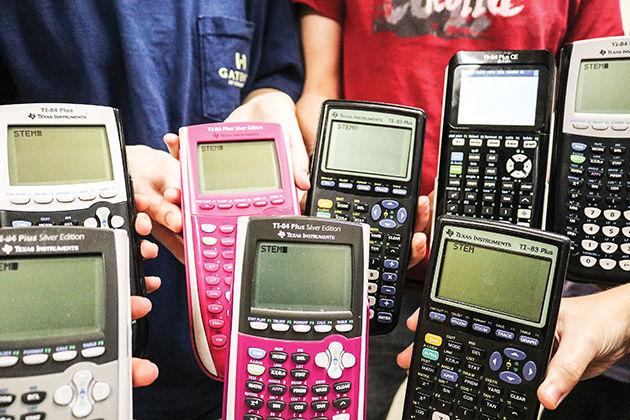Texas A&M produces more STEM teachers than any university in Texas — a higher-education feat that helped it earn a spot in a nationwide initiative to bring 100,000 science, technology, engineering and math teachers into the workforce by 2021.
The “100Kin10” initiative made A&M one of its latest members because of several unique partnerships A&M has between its colleges of engineering, science and education.
Teri Reed, assistant vice chancellor for of academic affairs with the Dwight Look College of Engineering, said it makes sense for a university like A&M to invest in K-12 education — the solid math and physics foundation necessary to succeed in engineering is made or broken before a student even enrolls in college.
“We have such a shortage of chemistry and physics and math [teachers], especially high school teachers in the United States,” Reed said. “Those are the teachers that help us in engineering to prepare students to become engineers. That preparation we know is very important, so we want to be a part of that solution as best we can.”
Texas A&M’s membership in “100Kin10” was made possible largely because of several cross-college partnerships that emphasize STEM K-12 education. AggieTEACH is one such program, and is a partnership between the colleges of science and education that gives students a minor in education along with their science degree.
“Our role in the ‘100Kin10’ initiative is supporting their initiative by trying to increase the pipeline of teachers going into the field,” said Jennifer Whitfield, AggieTEACH director.
Whitfield said while no extra funding as part of the new “100Kin10” partnership is yet planned for AggieTEACH, the group hopes the boost in recognition and advertising from joining will translate into greater student numbers.
“Trying to hit the pavement a little harder with recruiting, and then once we have them in our program, maintaining them in our program once they go into their profession, and once they’re in the profession, maintaining them,” Whitfield said.
Texas A&M has pledged to prepare 950 teachers by 2020 — including 165 secondary math and science teacher — by joining “100Kin10.” Reed said one of the ways the engineering college will do this is with a new degree it has designed for students interested in both engineering and in another field — an interdisciplinary engineering degree that would allow students to get a fully accredited engineering degree with a teaching minor and certification.
Reed said the degree has been approved by the A&M Board of Regents and is pending approval before the Texas Higher Education Coordinating Board. The degree would add an extra semester to a student’s engineering degree. If a student chose an education focus, they would take classes such as how to teach engineering design at the high school level, among other topics.
Reed said, “We’ll be creating new classes on how to teach engineering design at the high school level. It’s really an exciting adventure between all three colleges.”








